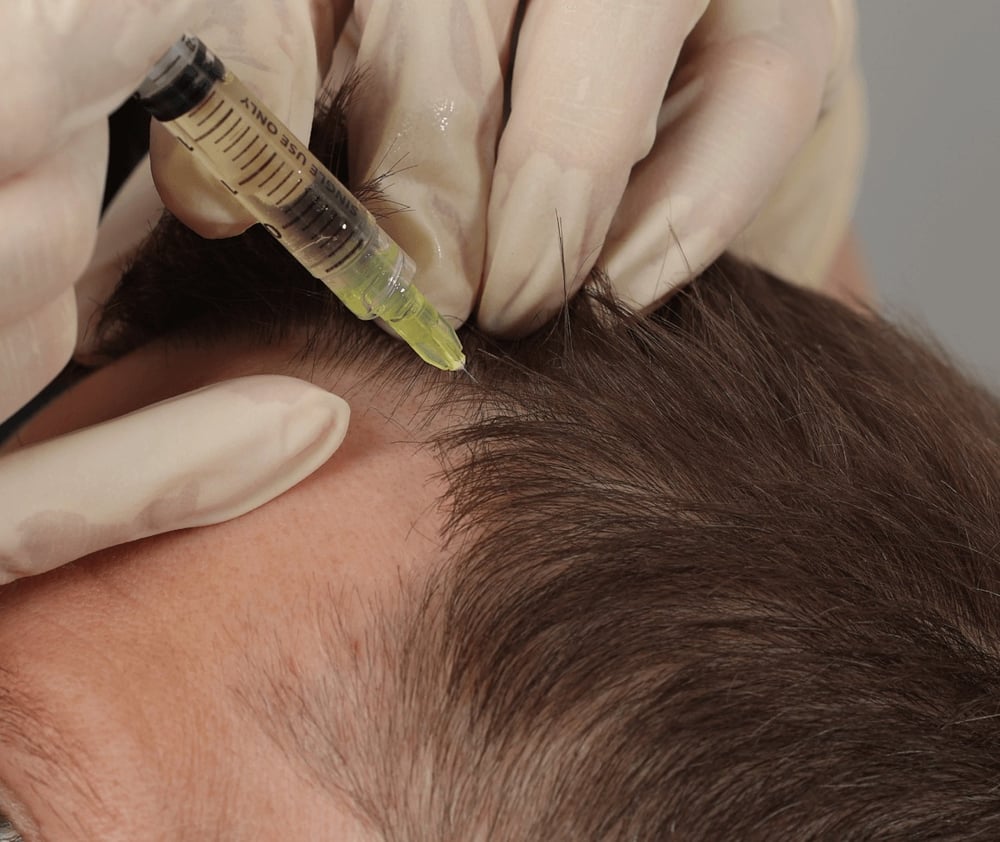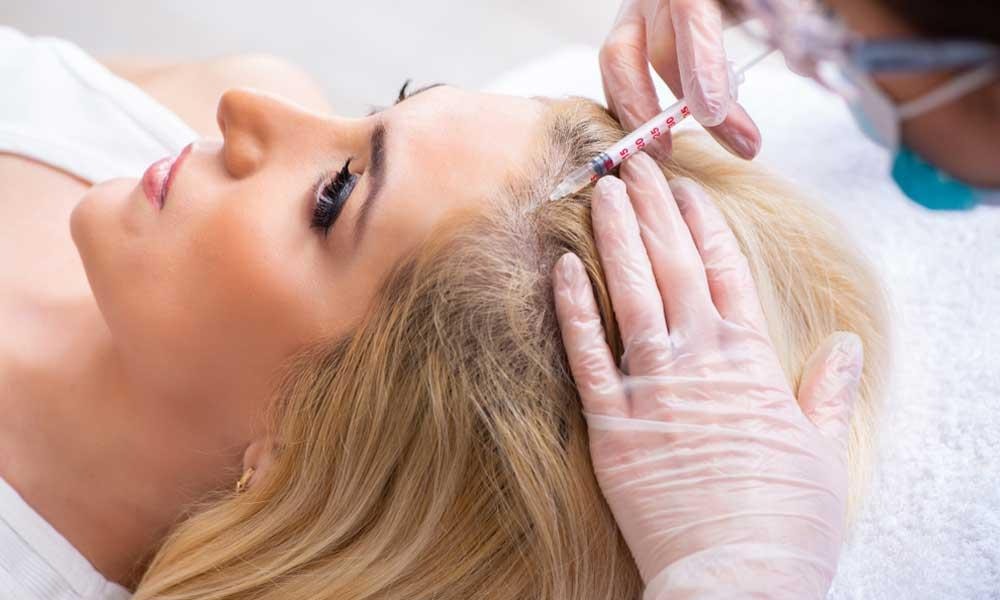Hair loss can be a distressing experience, often affecting confidence and self-image. In a world where appearance can influence personal and professional lives, many individuals seek effective, non-surgical solutions to restore their hair naturally. One such solution gaining immense popularity is Platelet-Rich Plasma (PRP) therapy for hair restoration. But the question arises: who is actually eligible to try this rejuvenating option? If you’re considering a more natural approach to hair regrowth, the Best PRP Hair Treatment in Dubai might be the breakthrough you’ve been waiting for.
Understanding PRP Hair Treatment
PRP therapy involves extracting a small amount of a person’s blood, processing it to concentrate the platelets, and then injecting this nutrient-rich plasma into the scalp. Platelets are a natural source of growth factors that stimulate hair follicles, encourage growth, and enhance the thickness and quality of existing hair. The process is safe, minimally invasive, and typically doesn’t require a lengthy recovery time.
What makes PRP stand out is its ability to harness your body’s own regenerative abilities, making it a more holistic approach compared to synthetic or surgical alternatives. However, while PRP treatment sounds promising, not everyone may be an ideal candidate. Let’s explore who can genuinely benefit from this innovative therapy.
Ideal Candidates for PRP Hair Treatment
1. Men and Women Experiencing Early Hair Thinning
Individuals noticing early signs of hair thinning or mild hair loss are prime candidates for PRP. When treatment is started in the early stages, it helps prevent further loss and enhances regrowth. PRP is particularly beneficial for those with androgenetic alopecia—a genetic condition causing gradual hair loss—common in both men and women.
2. People with Receding Hairlines or Bald Patches
PRP therapy can help those with localized areas of hair loss, such as a receding hairline or bald spots. Injecting platelet-rich plasma into these zones stimulates dormant follicles, helping them regenerate and become active again. While results vary, many notice visible improvements in hair density and texture.
3. Postpartum Women
Hair loss after childbirth is a common condition known as postpartum alopecia. PRP therapy offers a gentle, natural solution for new mothers looking to recover their pre-pregnancy hair volume without relying on harsh chemicals or systemic medications. However, it's advisable to consult a professional to determine the right time to begin treatment post-delivery.
4. People Suffering from Alopecia Areata
Alopecia areata, an autoimmune disorder that results in patchy hair loss, can sometimes respond well to PRP treatment. While this condition varies greatly among individuals, PRP has shown promise in stimulating regrowth in certain cases. Consistent sessions and tailored care may lead to improvement, although results are not guaranteed for everyone.
5. Individuals Seeking Non-Surgical Alternatives
Not everyone is willing or ready to undergo hair transplant surgery. For those preferring a non-invasive option with less downtime and no surgical risks, PRP presents a compelling choice. It’s particularly appealing for people looking to enhance their natural hair without drastic measures.
Who Might Not Be Eligible?
While PRP is generally safe, it's not recommended for everyone. Candidates with certain medical conditions—like chronic liver disease, blood disorders, or active infections—might not be suitable for PRP therapy. Additionally, individuals with complete baldness (where follicles are no longer present) may not achieve desired results, as PRP works best when there is still some follicle activity.
Smokers or those with low platelet counts may also experience limited results due to compromised healing and regenerative processes. Therefore, a proper evaluation and diagnostic assessment are crucial before beginning the treatment.

What to Expect During the PRP Journey
Patients undergoing PRP typically require a series of sessions spaced a few weeks apart. Each session is relatively quick, usually lasting under an hour. Some minor discomfort at the injection site is expected, but it subsides quickly.
Visible results can often be observed within two to three months, with hair appearing thicker, healthier, and more voluminous. Maintenance sessions may be recommended to preserve results, especially for those with ongoing hair thinning conditions.
Combining PRP With Other Therapies
To maximize benefits, PRP is often combined with other hair restoration techniques, such as topical serums, laser therapy, or oral supplements. This integrative approach enhances outcomes and promotes long-lasting hair vitality.
While PRP is powerful on its own, combining it with a healthy lifestyle, balanced nutrition, and proper hair care will significantly boost your chances of success.
Final Thoughts
PRP hair treatment is revolutionizing the way people approach hair restoration. It's natural, minimally invasive, and increasingly sought after by individuals looking for safe and effective solutions to hair loss. Whether you’re in the early stages of thinning, dealing with postpartum hair fall, or seeking a boost in scalp health, the Best PRP Hair Treatment Dubai offers a tailored and promising path toward rejuvenation.
Understanding who can benefit from PRP is essential before beginning your journey. By recognizing your unique needs and working with professionals who understand how to apply the treatment effectively, you can make a confident, informed decision—and start your journey to healthier, fuller hair.

